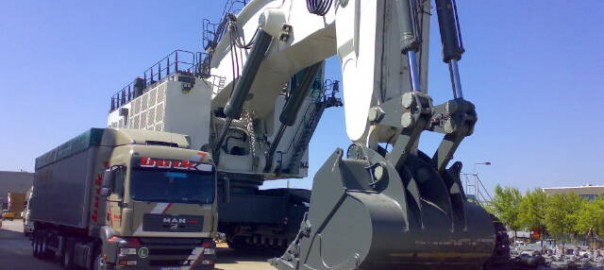
Taken directly from a competitor’s website, is this description of their watertight limit switch “…have internal parts that are protected against splashing or hose-directed water seepage within the limits of the NEMA specified tests for type 4 watertight enclosures. These switches are not sleet or ice-proof.”
That’s a lot of words to say, “not really waterproof”.
For engineers looking for a small form factor, truly waterproof and can’t-kill-it-with-a-hammer limit switch we offer, well…our whole product line. To break it down lets take a look at the major types of switches and switch configurations we manufacture.
Ball and Plunger Limit Switches
 Our J4 series limit switches come in both a ball and a plunger variation. These have seen use in military vehicles, construction vehicles, emergency and work trucks, even submarines. These switches can be mechanically activated by a transmission sliding into neutral, or a door or hood closing, or a valve opening up and reaching the limit of its travel, or any one of a hundred other applications where size and durability were the primary concerns.
Our J4 series limit switches come in both a ball and a plunger variation. These have seen use in military vehicles, construction vehicles, emergency and work trucks, even submarines. These switches can be mechanically activated by a transmission sliding into neutral, or a door or hood closing, or a valve opening up and reaching the limit of its travel, or any one of a hundred other applications where size and durability were the primary concerns.

Made of all stainless steel with a patented double seal mechanism, these switches are usually the final resort of engineers who don’t want to mess around with safety limit switches who fail in the field. That’s because configurations of our limit switches have been qualified to over one million cycles.
Shown here is one of our cab down detect applications for a military transport. These applications can use our J4 plunger switch typically though many make use of our E1 series switches discussed below.
E1 Series Limit Switches
 When you take one of our Santoprene or Neoprene (extended temperature range) sealed momentary or maintained contact pendant switches and combine them with CPI’s custom actuators and bracket mounting options, the result is a broad line of waterproof limit switches that can be readily configured for your specific applications, usually with an off the shelf purchase from one of our distributors. Many combinations of travel parameters, electrical configurations, roller lever or panel mounting configurations as well as our standard high-endurance capabilities are offered as standard products.
When you take one of our Santoprene or Neoprene (extended temperature range) sealed momentary or maintained contact pendant switches and combine them with CPI’s custom actuators and bracket mounting options, the result is a broad line of waterproof limit switches that can be readily configured for your specific applications, usually with an off the shelf purchase from one of our distributors. Many combinations of travel parameters, electrical configurations, roller lever or panel mounting configurations as well as our standard high-endurance capabilities are offered as standard products.
It’s Easier to say “Heavy Duty” with CPI Limit Switches.
Did we mention that our limit switches actually operate underwater? And at -40F or 220F? Here’s how we say that in our product description.
“CPI limit switches are waterproof and weatherproof.”
Easy right?

Original content posted on https://www.cpi-nj.com/blog/a-heavy-duty-limit-switch-with-a-simple-explanation/





